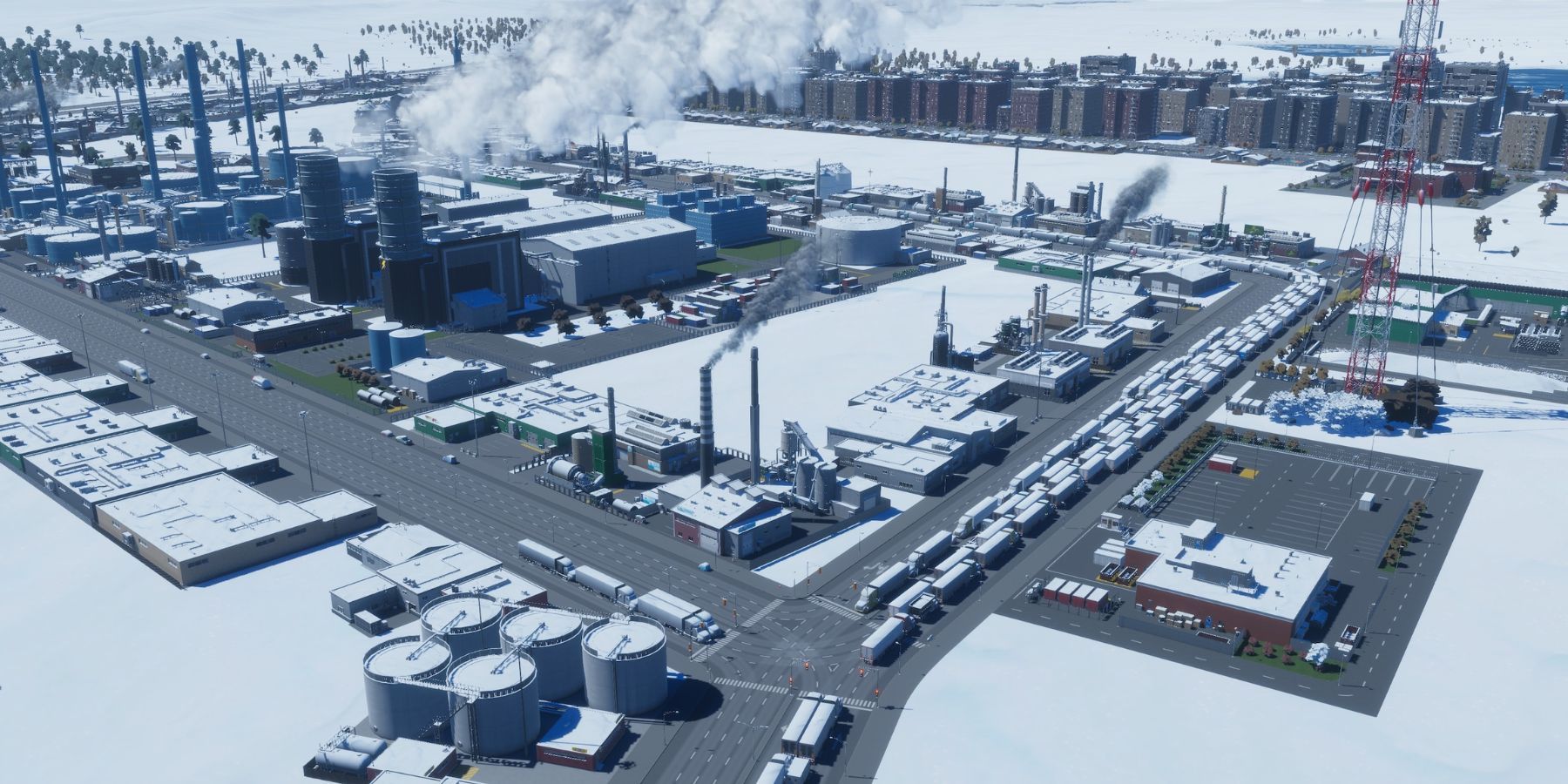
Effective Strategies for Reducing Pollution in Cities Skylines 2

Discover effective strategies to combat pollution in Cities: Skylines 2! This comprehensive guide explores the various forms of pollution, including ground, air, and water, equipping players with invaluable knowledge to effectively tackle these environmental challenges
Cities: Skylines 2 is an intricate urban planning simulator where fans must take into account various elements, one being pollution. Pollution can result in issues among residents, including an elevated likelihood of illness and dissatisfaction, thereby leading to a decline in land value and overall city profits. To mitigate this, adhere to the following suggestions to effectively reduce pollution within the city.
How to Get Rid of Pollution in Cities Skylines 2
First and foremost, it is crucial to adhere to proper city zoning. During the planning phase, it is essential to divide the city into designated residential and industrial areas. The industrial zone should be positioned at a considerable distance from the residential area to prevent pollution. However, it is important to consider the commuting needs of the residents who will be traveling from the residential area to the industrial area every day. If the distance is too great, it could result in a decline in the city's overall income. Additionally, certain buildings, as described below, must be unlocked in the development tree before construction can commence. Now, let us delve into the various types of pollution present in Cities: Skylines 2 and explore effective ways to address them.
Ground pollution
Industrial buildings and power plants are major contributors to ground pollution, particularly in industrial areas. However, if these entities cease their pollution activities, the ground pollution gradually diminishes over time. An effective solution to address this issue is the establishment of industrial areas and factories in locations far away from residential areas. Additionally, adopting sustainable and environmentally friendly energy sources like wind turbines and solar energy is crucial. Furthermore, the creation of an Industrial Waste Processing Facility should be considered to greatly reduce ground pollution in industrial areas.
Air pollution
Air pollution, similar to land pollution, occurs in industrialized areas and is caused by power plants. However, there are certain factors to consider when addressing air pollution. Just as with land pollution, it is crucial to utilize renewable energy sources to eliminate this problem. In cases where renewable energy sources are not available, it is advisable to relocate power plants away from urban areas and take into account wind direction to prevent pollution from affecting residential regions.
Water pollution
To mitigate water pollution in urban areas, a number of measures can be adopted. Primarily, it is crucial to ensure appropriate placement of water and sewage pumps. By situating the water pump upstream and the sewage pump downstream, the risk of sewage contaminating the water pump can be effectively minimized. In scenarios where such arrangements are unfeasible, the installation of a Wastewater Treatment Plant becomes imperative in order to treat the sewage and prevent its harmful effects on water quality.
Cities: Skylines 2 is available now on PC, PS5, and Xbox Series X/S.







